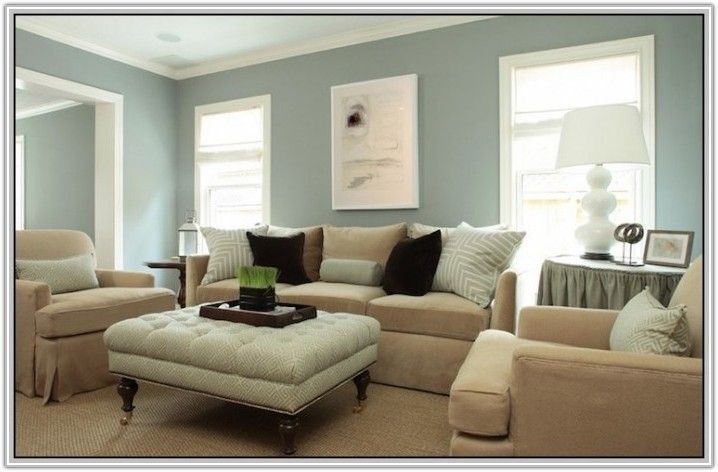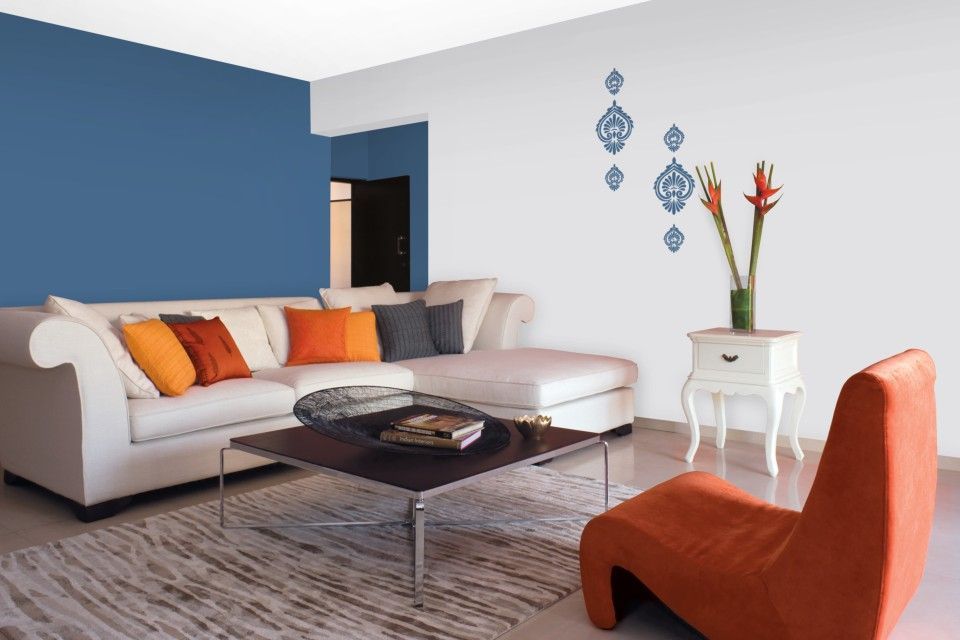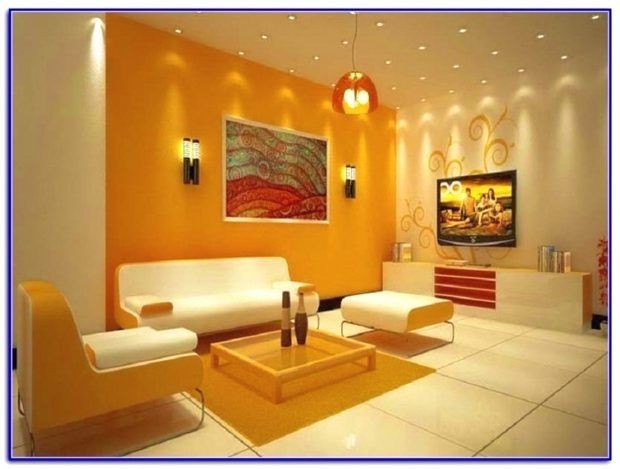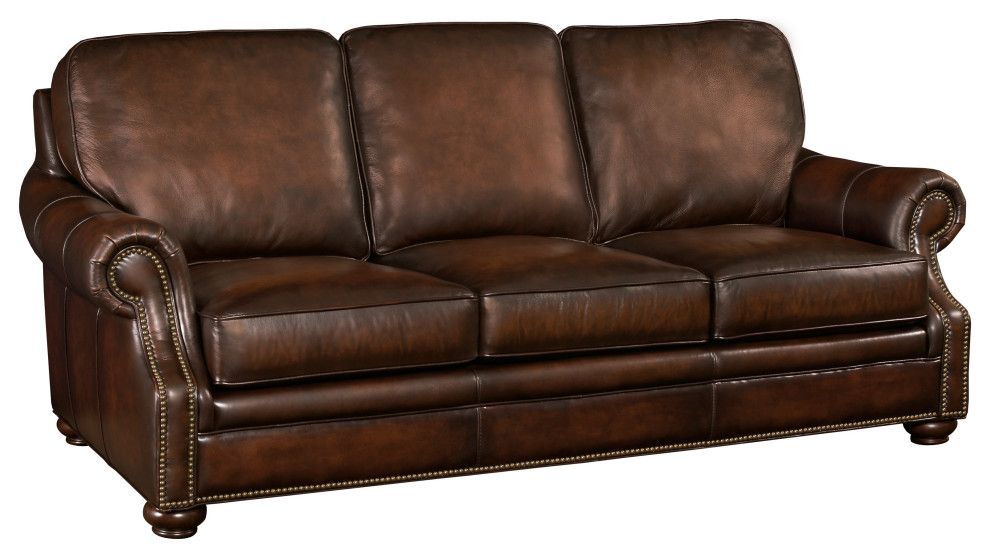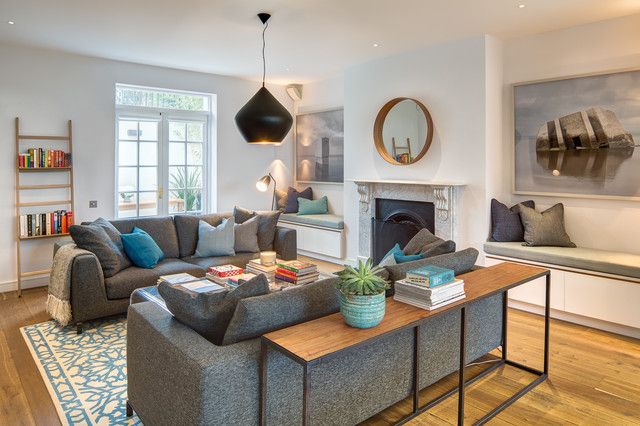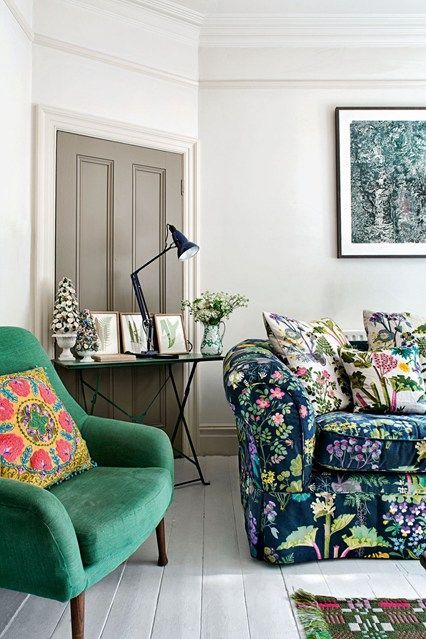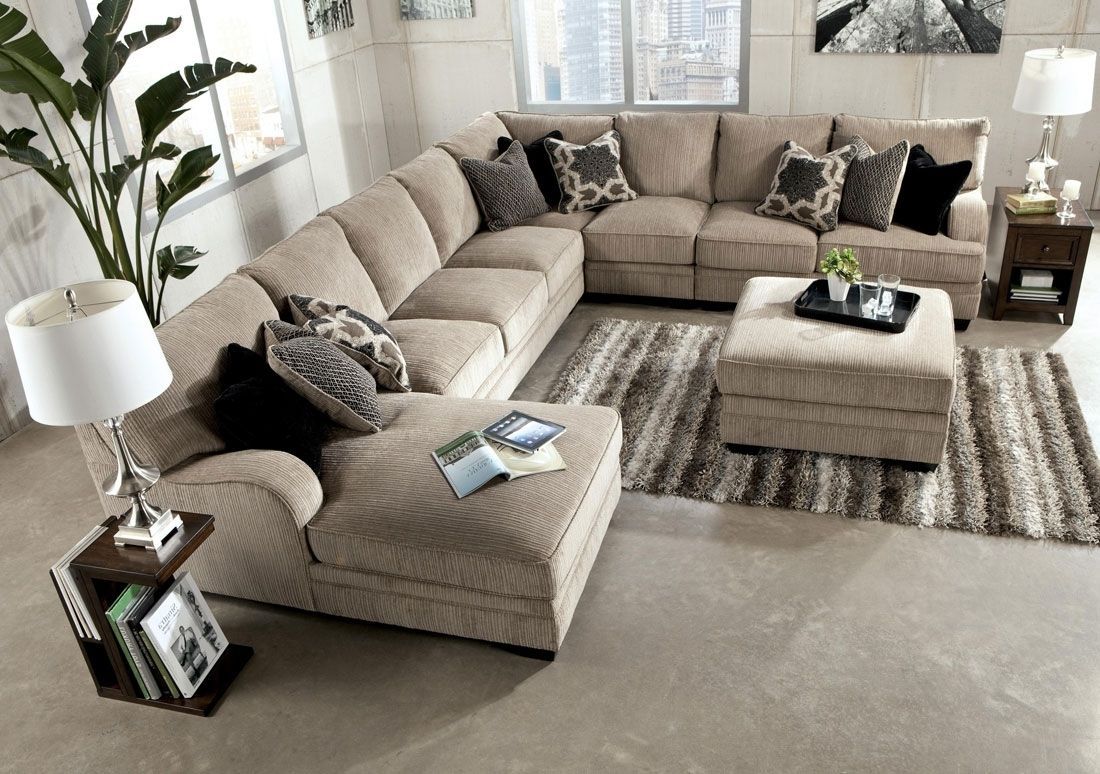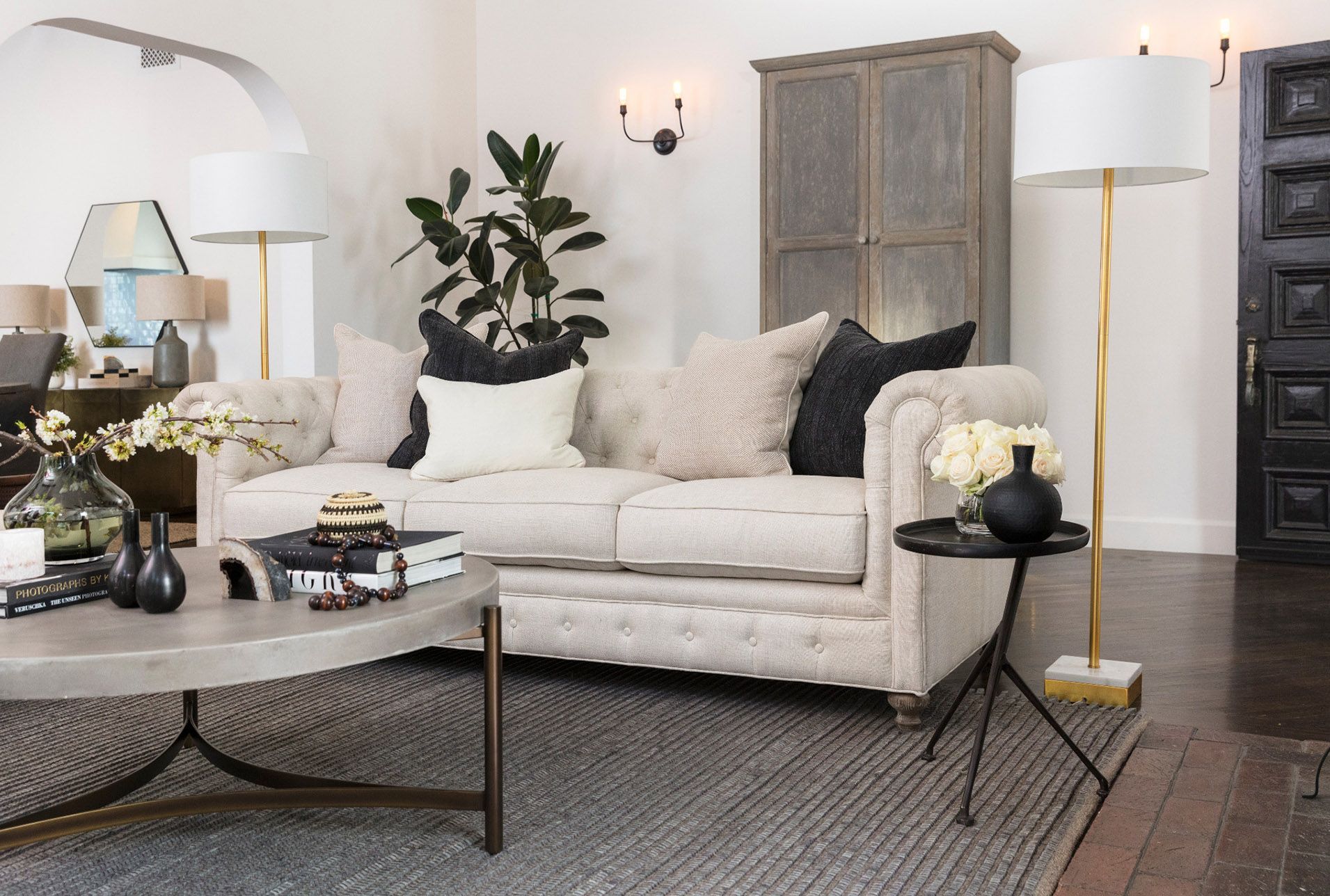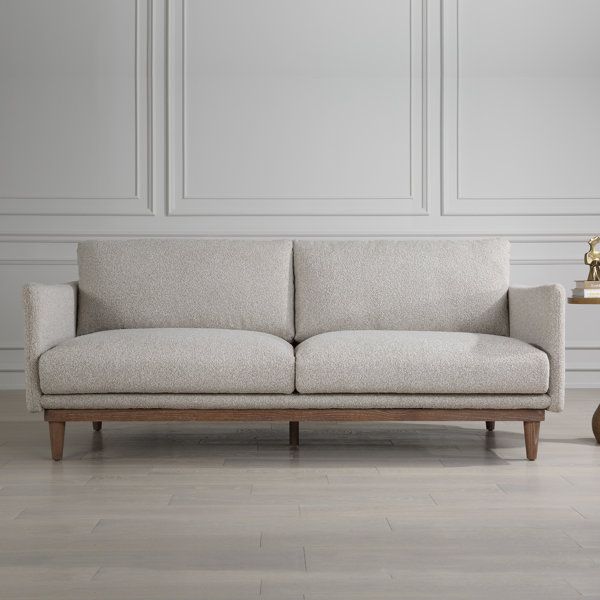Your living room is the heart of your home, a place for relaxation, connection, and self-expression. Choosing the right colors is key to creating the atmosphere you desire. Asian Paints offers a wide array of palettes, but navigating them can feel overwhelming. This guide will help you master the art of creating a cohesive and beautiful living room using Asian Paints colors.
Color isn’t just about aesthetics; it profoundly impacts our mood and emotions. A well-chosen color palette can make a small room feel larger, a dull room feel brighter, and a chaotic room feel calmer. Think about how you want to feel in your living room. Do you crave a sense of peace and tranquility? Or do you prefer a space that is energetic and inviting? The colors you choose should reflect that.
Understanding the Asian Paints Color Spectrum
Asian Paints has a massive collection of colors, which can be a little scary, I get it. The trick is to break it down. They often group colors into families – neutrals, warm tones, cool tones, and vibrant shades. Each family evokes a different feeling. Neutrals, like creams, grays, and beiges, provide a calming backdrop and work well as a base for the room. Warm colors, such as reds, oranges, and yellows, bring energy and excitement. Cool colors, like blues, greens, and purples, create a sense of peace and relaxation. Vibrant shades, like fuchsia, turquoise, and lime, add a pop of personality and can be used as accents. Also, consider the light in your room. North-facing rooms tend to be cooler and may benefit from warmer colors, while south-facing rooms get plenty of light and can handle cooler shades.
Building Your Color Palette: The 60-30-10 Rule
This is a classic design principle that helps create balance and harmony in a room. 60% of the room should be your dominant color, typically for the walls. 30% should be a secondary color, used for larger furniture pieces like sofas and rugs. The remaining 10% should be an accent color, used for cushions, artwork, and accessories. Let’s say you choose a soft gray (Asian Paints 8461) for your walls (60%). You could then use a deep teal (Asian Paints 9234) for your sofa (30%) and incorporate pops of mustard yellow (Asian Paints 7890) in your cushions and artwork (10%). This creates a sophisticated and balanced look. Remeber, these are just examples, use colors you like.
Finding Inspiration: Where to Start?
Feeling stuck? Don’t worry; inspiration is everywhere. Look to your existing furniture, artwork, or even a favorite piece of fabric. Pull colors from these items to create your palette. Nature is also a great source of inspiration. Think of the colors of the beach, the forest, or a sunset. Asian Paints also offers pre-designed color palettes that can be a great starting point. Browse their website or visit a store to see their curated collections. Websites like Pinterest and Houzz are filled with living room design ideas. Save images of rooms you love and analyze the color palettes used. What colors do they use? How are they combined? What is the overall feeling they evoke? This can help you identify your own preferences and style.
Testing Your Colors: Sample Before You Commit
This is the most important step. Never, ever paint an entire room without testing your colors first! Colors can look very different on a small swatch than they do on a large wall. Buy sample pots of your chosen colors and paint large squares on your walls. Observe the colors at different times of day and in different lighting conditions. How does the color look in natural light? How does it look under artificial light? Does the color clash with your existing furniture? Make sure you truly love the color before committing to it. It is a good idea to paint your samples on different walls, too. Colors reflect off other colors so if you paint your sample next to a bright orange wall, it is going to influence what you think of the color.
Considering the Undertones: Warm vs. Cool Neutrals
Neutrals are not created equal. They have undertones that can significantly impact the overall feel of a room. Warm neutrals, like creams and beiges, have yellow or orange undertones and create a cozy and inviting atmosphere. Cool neutrals, like grays and off-whites, have blue or green undertones and create a more modern and sophisticated look. Pay attention to the undertones of your chosen neutrals and make sure they complement the other colors in your palette. For example, if you’re using a warm neutral on your walls, pair it with warm-toned furniture and accessories. If you’re using a cool neutral, pair it with cool-toned elements. Mixing warm and cool tones can be tricky, but it can be done successfully if you’re careful. A good strategy is to choose one dominant undertone and use the opposite undertone sparingly as an accent.
Beyond the Walls: Color Placement and Accessories
Color isn’t just for walls. Consider how you can incorporate color into your furniture, accessories, and textiles. A colorful rug can anchor a room and add warmth. Cushions and throws are a great way to introduce accent colors and patterns. Artwork can also be a powerful way to add personality and visual interest. Think about the placement of color in your room. Do you want to create a focal point? Use a bold color on a feature wall or on a large piece of furniture. Do you want to create a sense of flow? Repeat colors throughout the room in different elements. For example, you could use the same accent color in your cushions, artwork, and accessories. And remember, don’t be afraid to experiment. Color is a personal choice, so have fun and create a space that reflects your unique style. It’s your home, after all. Making it look good is important, but making it feel good is the real goal.
Creating a cohesive living room with Asian Paints is all about understanding color theory, finding inspiration, and testing your choices. By following these tips, you can create a space that is not only beautiful but also reflects your personal style and enhances your well-being. So, take a deep breath, grab your color swatches, and start creating the living room of your dreams. Don’t be afraid to make mistaks, it’s all part of the fun.

